Amazing similarities between ancient civilizations around the world
Even though they are very far apart geographically and culturally, since ancient times, there have been many similarities between civilizations that have given scientists a headache.
Metal connection clamp
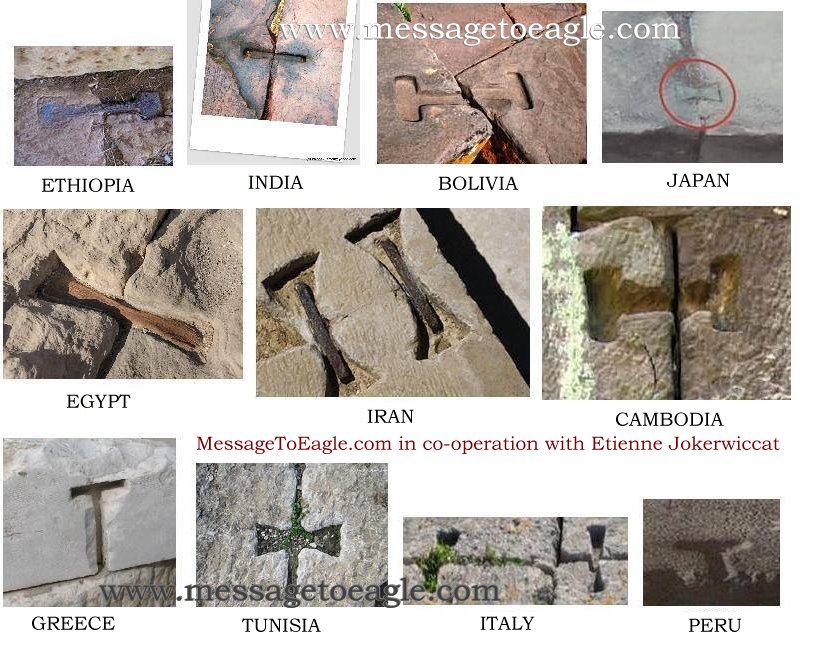
Metal connector clamps have been discovered on megalithic temple buildings and prehistoric monuments around the world. This is one of the greatest unsolved ancient mysteries of all time. No one knows why ancient people could use a metal clamp to hold or connect large blocks of stone together.
This technology could spread from ancient Egypt and pre-Columbian Peru to Cambodia and other countries thousands of miles apart. Who helped our ancestors how to use this technology? Some traces show that this metal clamp connected giant blocks of stone that even our modern machines today cannot lift.
Pyramid
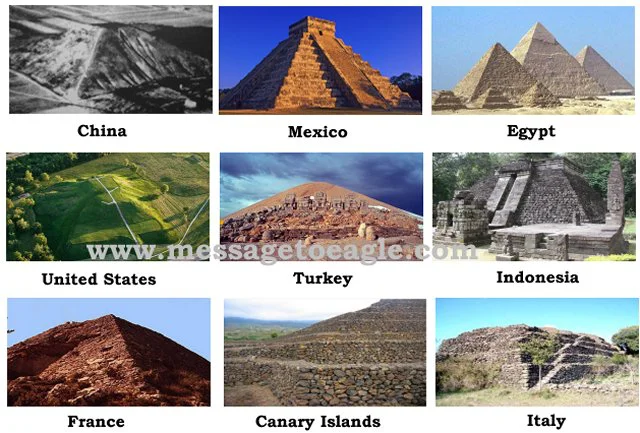
Most people think the Pyramids only exist in Egypt. Everyone knows that the pyramids in Egypt are very famous and attract many tourists, but in fact pyramids were built all over the world in ancient times. Although scientists claim that the pyramid is a tomb, in fact in many places the purpose of the Pyramid remains a mystery.
Ancient tombs
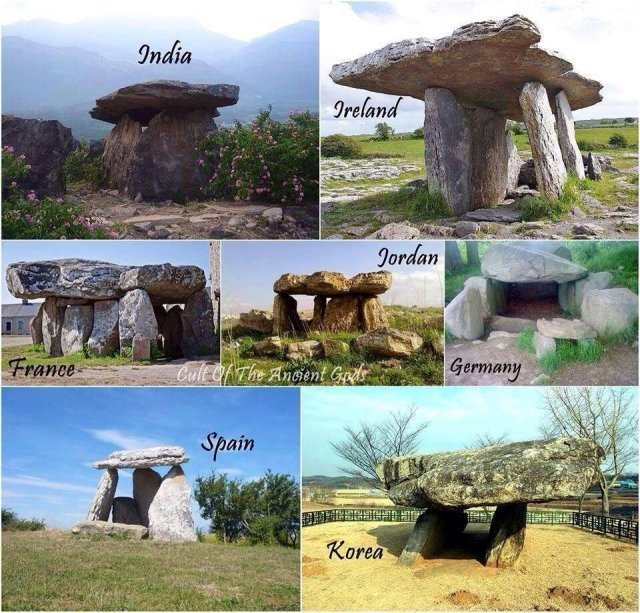
These ancient tombs are another great example of universal thinking in ancient times, despite being geographically and culturally very far apart. Most of these tombs are quite simply designed, often consisting of two or more vertical stones supporting a flat horizontal stone above. It is still unclear when, why and who first built this type of mausoleum.
Hand impression
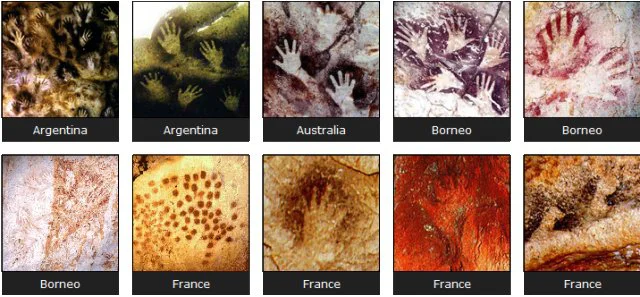
Hand-painted paintings depicted in rock art are found throughout the world. Hand images are created in many different ways: It can be a hand pressed on a rock, painted with charcoal powder, with a brush… Regardless of the method or artistic style, the paintings Hands are one of the most common elements of ancient rock art.
Swastika symbol
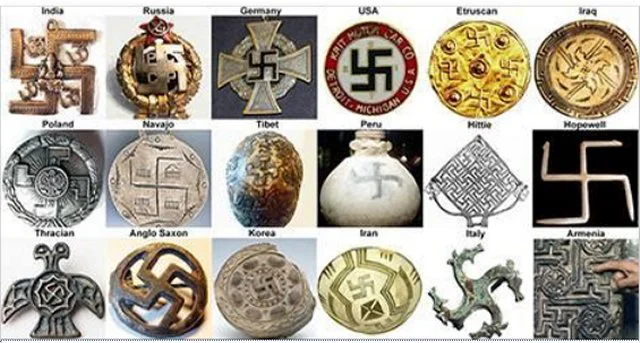
The Swastika is a symbol associated with Nazi Germany, but its origins are ancient. Swastikas have been found on ruins throughout ancient Europe. All ancient European cultures from the Etrusans, Greeks, Romans, Gauls, Celts… to Indian spiritual religions have this symbol.
Sphinx
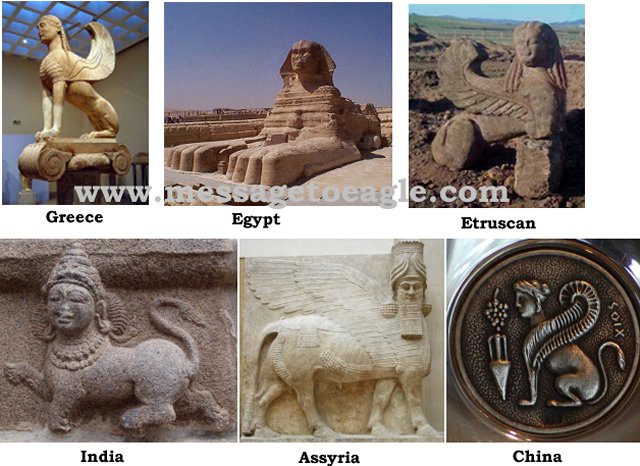
The Sphinx is found all over the world, it is an idol with a human head and a lion’s body, considered one of the most important symbols for humanity. This is the keeper of sanctuaries and mysteries, a protector of knowledge who is also a symbol of puzzles and intrigue.
The Sphinx has deep connections with the ancient civilizations of Greece and Egypt. The oldest known sphinx was found in Gobekli Tepe, Türkiye and dates to around 9,500 BC. The ancient Egyptians and Babylonians considered the sphinx a guardian, often at the entrance to royal tombs and religious temples.
Image of ancient figure sticking out tongue

Several ancient figures have been discovered around the world with their tongues sticking out. What is the meaning of the symbol? In some countries it is a sign of respect, in other parts of the world it is a sign of intimidation towards enemies and represents strength and fierceness.
Pinecone icon
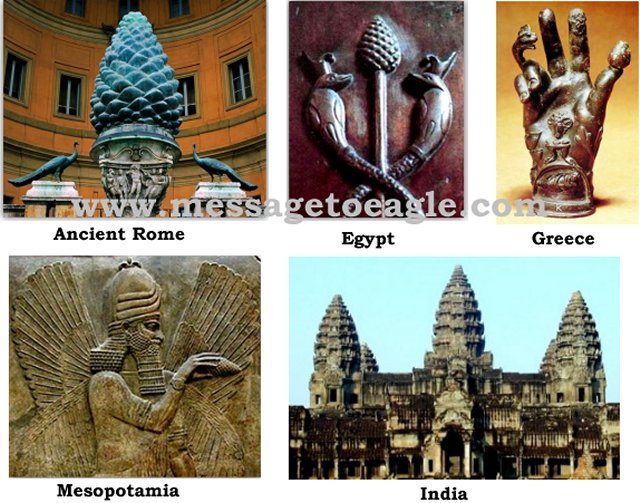
The ancient pinecone symbol is found throughout the world and is one of the most mysterious symbols found in ancient art and architecture. Few scholars realize it, but the shape of a pine cone refers to the highest possible level of spiritual illumination.
This has been recognized by various ancient cultures, and this symbol can be found in Indonesian, Babylonian, Egyptian, Greek, Roman and Christian ruins. It also appears in drawings of Freemasonry, Theosophism, Gnosticism and Esoteric Christianity.
Priests in the ancient world
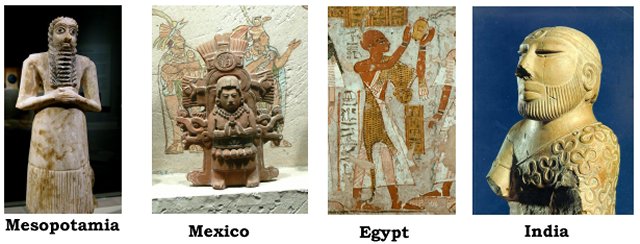
Priests in the ancient world played a very important role and have existed since the earliest times. They are the keepers of ancient wisdom, very powerful to administer religious rites, especially sacrificial rites to curry favor with a god or deities.
Spiral circle

Spirits are found in every ancient culture around the world. It is the oldest known symbol used in spiritual ceremonies, reflecting universal patterns of growth and evolution. The spiral represents the goddess, the womb, fertility and life force energy.
Related Post
A shocking documentary proves that mermaids do exist
SHOCKING Revelation: Thuya, Mother of Queen Tiye, Was the Grandmother of Akhenaten and Tutankhamun—What Ancient Egyptian Secrets Did She Leave Behind?
Breaking News: Astonishing Discoveries at Karahan Tepe Confirm an Extraterrestrial Civilization is Hiding on Earth, and NO ONE Knows!
Breaking News: Researchers FINALLY Discover U.S. Navy Flight 19 After 75 Years Lost in the Bermuda Triangle!
NASA’s Secret Investigation: Uncovering the Astonishing Mystery of the UFO Crash on the Mountain!
Explosive UFO Docs LEAKED: Startling Proof That Aliens Ruled Ancient Egypt!